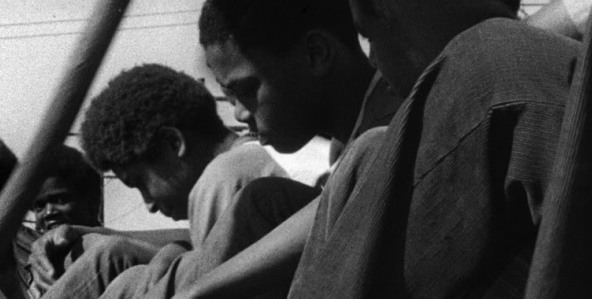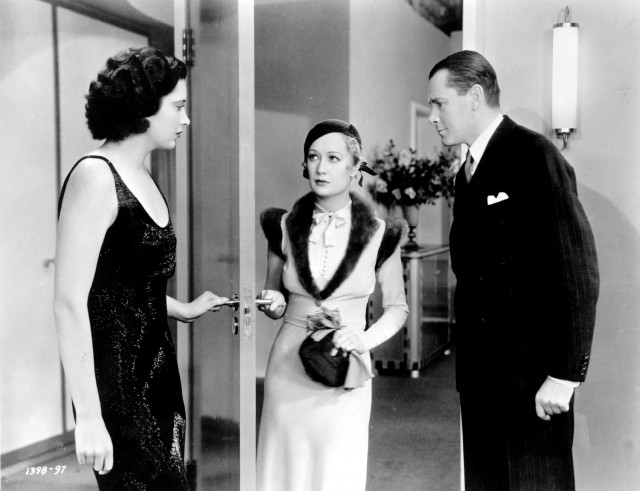
Kay Francis, Miriam Hopkins, and Herbert Marshall are caught in quite a pickle in risqué Ernst Lubitsch classic
TROUBLE IN PARADISE (Ernst Lubitsch, 1932)
BAMcinématek, BAM Rose Cinemas
30 Lafayette Ave. between Ashland Pl. & St. Felix St.
Friday, August 10, 4:30 & 9:15
Series runs through September 17
212-415-5500
www.bam.org
 “Beginnings are always difficult,” suave thief Gaston Monescu (Herbert Marshall) says at the beginning of Trouble in Paradise, but it’s not difficult at all to fall in love with the beginning, middle, and end of Ernst Lubitsch’s wonderful pre-Code romantic comedy. It’s love at first heist for Gaston and Lily (Miriam Hopkins) as they try to outsteal each other on a moonlit night in Venice. Soon they are teaming up to fleece perfume heir Madame Mariette Colet (Kay Francis) of money and jewels as the wealthy socialite takes a liking to Gaston despite her being relentlessly pursued by the hapless François Filiba (Edward Everett Horton) and the stiff Major (Charles Ruggles). Displaying what became known as the Lubitsch Touch, the Berlin-born director has a field day with risqué sexual innuendo, particularly in the early scene when Gaston and Lily first meet (oh, that garter!) and later as Madame Colet’s affection for Gaston grows, along with Lily’s jealousy. Loosely based on the 1931 play The Honest Finder by Aladár László, which was inspired by the true story of Romanian con man George Manolescu, the 1932 film remained out of circulation for decades during the Hays Code, and it’s easy to see why. Trouble in Paradise is screening August 10 in the BAMcinématek series “American Gagsters: Great Comedy Teams,” which runs through September 17 and consists of fifty films (all but one in 35mm), including such other classics as Some Like It Hot, Sullivan’s Travels, Born Yesterday, Blazing Saddles, Airplane! and multiple movies starring Cary Grant, Woody Allen, Peter Sellers, Steve Martin, and Bill Murray.
“Beginnings are always difficult,” suave thief Gaston Monescu (Herbert Marshall) says at the beginning of Trouble in Paradise, but it’s not difficult at all to fall in love with the beginning, middle, and end of Ernst Lubitsch’s wonderful pre-Code romantic comedy. It’s love at first heist for Gaston and Lily (Miriam Hopkins) as they try to outsteal each other on a moonlit night in Venice. Soon they are teaming up to fleece perfume heir Madame Mariette Colet (Kay Francis) of money and jewels as the wealthy socialite takes a liking to Gaston despite her being relentlessly pursued by the hapless François Filiba (Edward Everett Horton) and the stiff Major (Charles Ruggles). Displaying what became known as the Lubitsch Touch, the Berlin-born director has a field day with risqué sexual innuendo, particularly in the early scene when Gaston and Lily first meet (oh, that garter!) and later as Madame Colet’s affection for Gaston grows, along with Lily’s jealousy. Loosely based on the 1931 play The Honest Finder by Aladár László, which was inspired by the true story of Romanian con man George Manolescu, the 1932 film remained out of circulation for decades during the Hays Code, and it’s easy to see why. Trouble in Paradise is screening August 10 in the BAMcinématek series “American Gagsters: Great Comedy Teams,” which runs through September 17 and consists of fifty films (all but one in 35mm), including such other classics as Some Like It Hot, Sullivan’s Travels, Born Yesterday, Blazing Saddles, Airplane! and multiple movies starring Cary Grant, Woody Allen, Peter Sellers, Steve Martin, and Bill Murray.
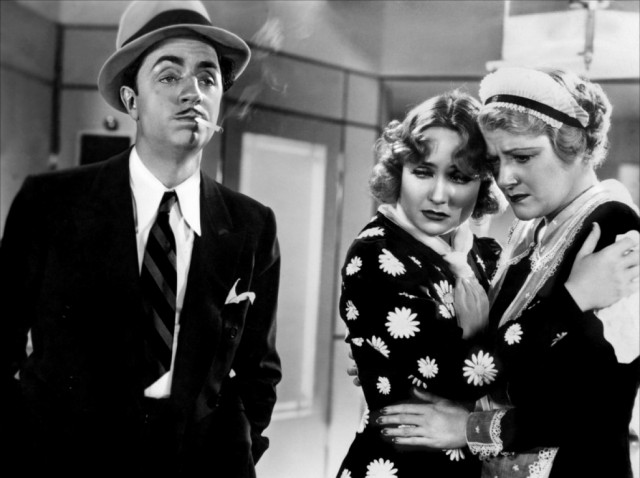
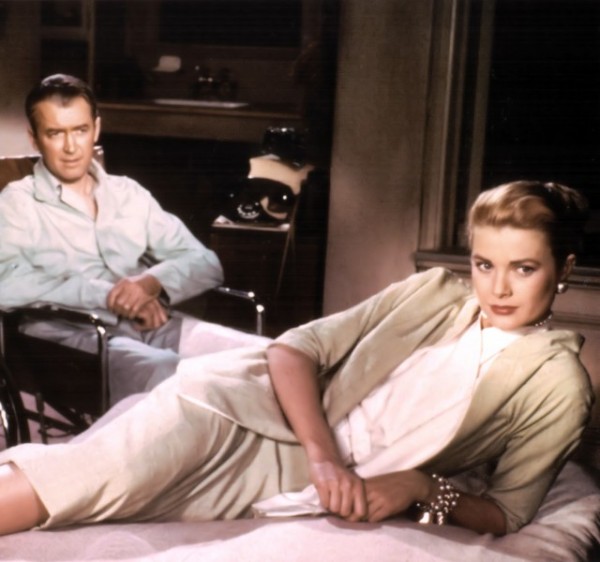
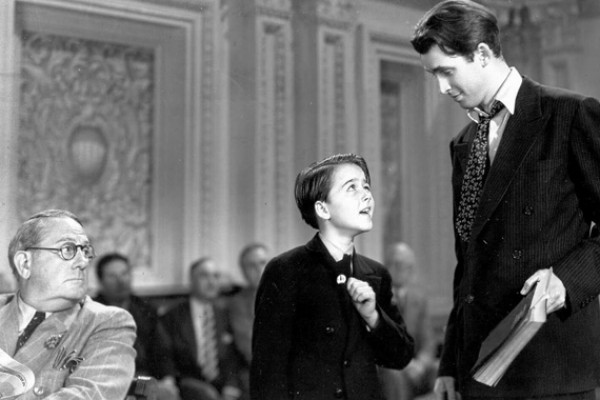
 We love Jimmy Stewart; we really do. Who doesn’t? But last week we had the audacity to claim that Jim Parsons’s performance as Elwood P. Dowd in the current Broadway revival of
We love Jimmy Stewart; we really do. Who doesn’t? But last week we had the audacity to claim that Jim Parsons’s performance as Elwood P. Dowd in the current Broadway revival of 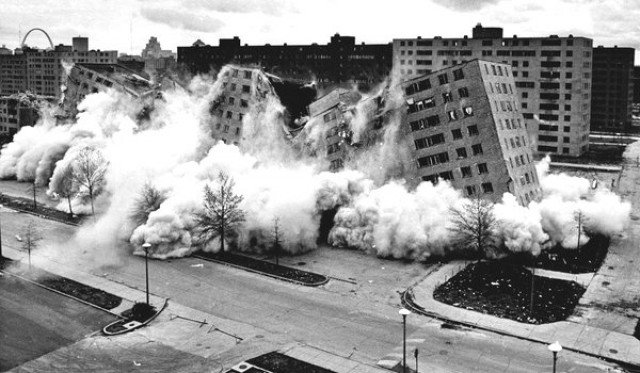
 In 1954, the St. Louis Housing Authority completed a massive urban renewal project, Pruitt-Igoe, a thirty-three-building complex for low-income families that was like a city unto itself. Eighteen years later, mired in crime, violence, poverty, and horrifically unsanitary and unsafe conditions, Pruitt-Igoe was torn down, the implosion famously being shown on news channels around the country as an example of the failure of public policy planning. The short, contentious history of Pruitt-Igoe is explored in the revealing documentary The Pruitt-Igoe Myth. Director Chad Freidrichs (Jandek on Corwood, First Impersonator) revisits Pruitt-Igoe through archival footage, new interviews, and a drive past the site where the iconic housing development, designed by architect Minoru Yamasaki, once stood, revealing the fascinating story of what was first a symbol of the post-WWII boom and then a prime example of the nation’s financial and racial problems of the 1970s. “It was like an oasis in the desert,” Ruby Russell remembers. “I never thought I would live in that kind of a surrounding.” But Brian King, who spent his childhood there, sees it a little differently. “It was hell on earth,” he says. Freidrichs speaks with urban historians Robert Fishman and Joseph Heathcott, sociologist Joyce Ladner, and former residents as they chronologically follow the rise and fall of “the poor man’s penthouse.” Narrated by actor Jason Henry, The Pruitt-Igoe Myth tells a shameful chapter in American history, one that should still be used today as a blueprint on what not to do. “It seemed to me that we were being penalized for being poor,” says former resident Jacqueline Williams. “That caused so much anger.” Named Best Documentary at several festivals and winner of the American Historical Association’s John E. O’Connor Film Award, The Pruitt-Igoe Myth is screening for free at BAMcinématek on June 11 at 6:50, followed by a panel discussion with Freidrichs and urban housing and development experts.
In 1954, the St. Louis Housing Authority completed a massive urban renewal project, Pruitt-Igoe, a thirty-three-building complex for low-income families that was like a city unto itself. Eighteen years later, mired in crime, violence, poverty, and horrifically unsanitary and unsafe conditions, Pruitt-Igoe was torn down, the implosion famously being shown on news channels around the country as an example of the failure of public policy planning. The short, contentious history of Pruitt-Igoe is explored in the revealing documentary The Pruitt-Igoe Myth. Director Chad Freidrichs (Jandek on Corwood, First Impersonator) revisits Pruitt-Igoe through archival footage, new interviews, and a drive past the site where the iconic housing development, designed by architect Minoru Yamasaki, once stood, revealing the fascinating story of what was first a symbol of the post-WWII boom and then a prime example of the nation’s financial and racial problems of the 1970s. “It was like an oasis in the desert,” Ruby Russell remembers. “I never thought I would live in that kind of a surrounding.” But Brian King, who spent his childhood there, sees it a little differently. “It was hell on earth,” he says. Freidrichs speaks with urban historians Robert Fishman and Joseph Heathcott, sociologist Joyce Ladner, and former residents as they chronologically follow the rise and fall of “the poor man’s penthouse.” Narrated by actor Jason Henry, The Pruitt-Igoe Myth tells a shameful chapter in American history, one that should still be used today as a blueprint on what not to do. “It seemed to me that we were being penalized for being poor,” says former resident Jacqueline Williams. “That caused so much anger.” Named Best Documentary at several festivals and winner of the American Historical Association’s John E. O’Connor Film Award, The Pruitt-Igoe Myth is screening for free at BAMcinématek on June 11 at 6:50, followed by a panel discussion with Freidrichs and urban housing and development experts.
